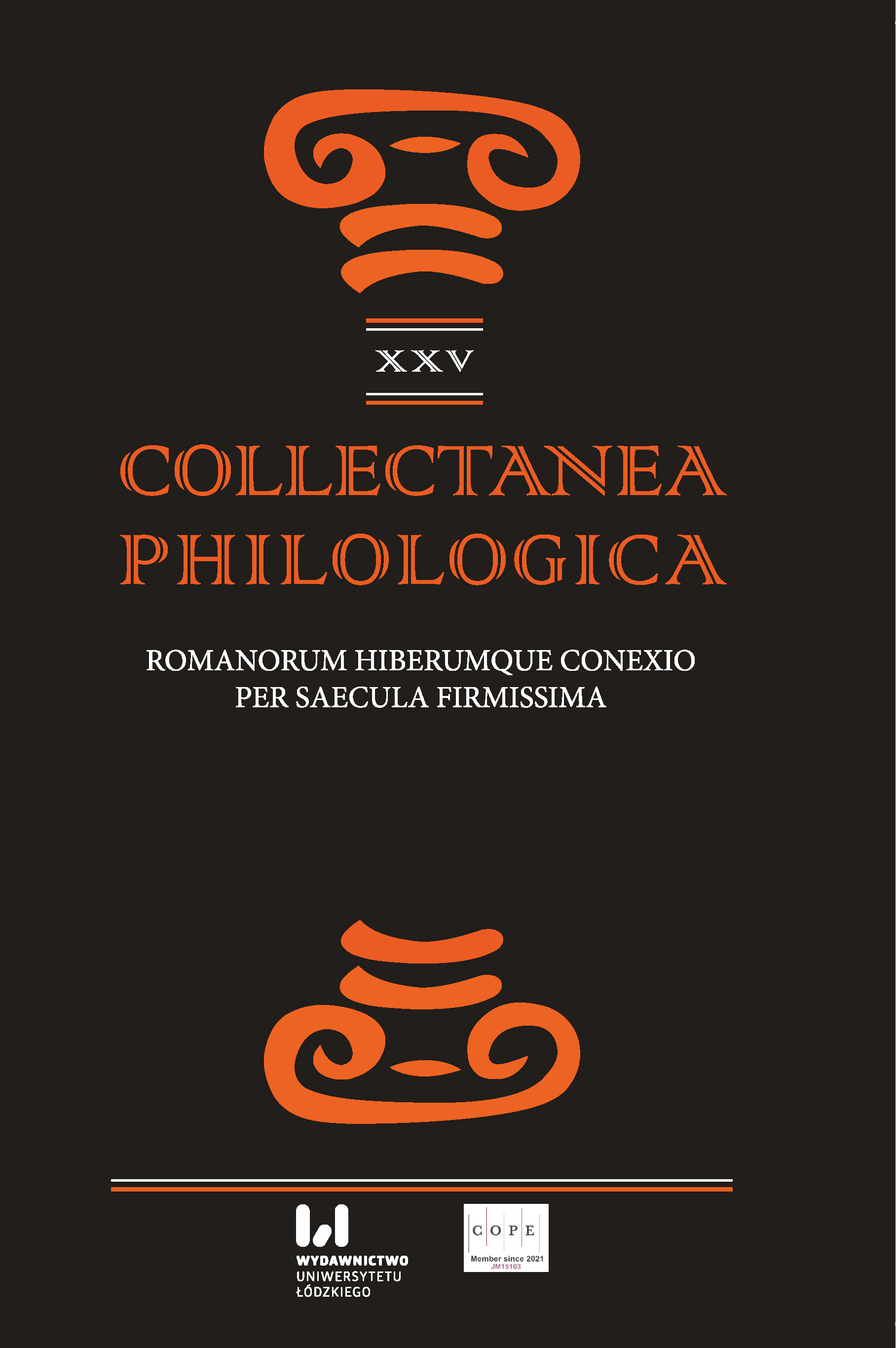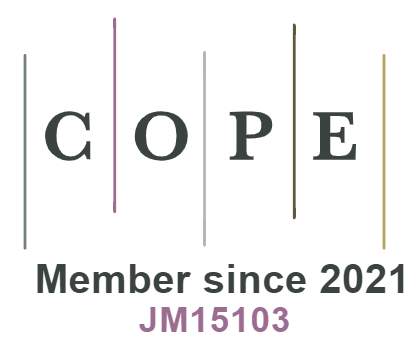Sobre el papel del latín y el concepto de latinismo desde la perspectiva española y polaca
DOI:
https://doi.org/10.18778/1733-0319.25.08Słowa kluczowe:
łacina, język hiszpański, język polski, periodyzacja historyczna, terminologia leksykologiczna, latynizmyAbstrakt
The objective of the article is twofold. On the one hand, it aims to briefly outline the history of the Spanish and the Polish language in order to compare the role of Latin in the formation of both languages. On the other hand, it focuses on the lexicological terminology related to Latin-derived words, with special focus on Latinisms. In addition to the lexicological nomenclature, classifications of Latinisms are also compared. The differences detected in the contrastive analysis mainly concern the lack of heritage words from Latin in Polish and the different concept of doublets in Spanish and Polish. This, in turn, is due to the different type of role of Latin in both languages in its early stages of formation. The article ends with the conclusions and a brief reflection about neocultisms.
Bibliografia
Bańko, M.; Svobodová, D. (2016). Historia i recepcja zapożyczeń w języku polskim i czeskim. En: M. Bańko, D. Svobodová, J. Rączaszek-Leonardi, M. Tatjewski (eds.). Nie całkiem obce zapożyczenia wyrazowe w języku polskim i czeskim. Warszawa: Wydawnictwo Uniwersytetu Warszawskiego. 28–52. https://doi.org/10.31338/uw.9788323522058
Google Scholar
DOI: https://doi.org/10.31338/uw.9788323522058
Boryś, W. (2011). “Najstarsza słowiańska leksyka intelektualna”. Linguistica Copernicana núm. 1(5). 33–51. https://doi.org/10.12775/LinCop.2011.002
Google Scholar
DOI: https://doi.org/10.12775/LinCop.2011.002
Brückner, A. (1927). Słownik etymologiczny języka polskiego. Kraków: Krakowska Spółka Wydawnicza.
Google Scholar
Cano Aguilar, R. (2008). El español a través de los tiempos. Madrid: Arco/Libros.
Google Scholar
Echenique Elizondo, M.T.; Martínez Alcalde, M.J. (2005). Diacronía y Gramática Histórica de la Lengua Española. Valencia: Editorial Tirant lo Blanch.
Google Scholar
Klemensiewicz, Z. (1956). “Zagadnienia i założenia historii języka polskiego”, Pamiętnik Literacki: czasopismo kwartalne poświęcone historii i krytyce literatury polskiej 47/3. 86–137.
Google Scholar
Kupidura, D. (2016). “Łacińskie i greckie nienormatywne zapożyczenia w polszczyźnie XIX wieku a ich żywot w polszczyźnie drugiej połowy XX wieku”. Studia Językoznawcze 15. 195–210. https://doi.org/10.18276/sj.2016.15-13
Google Scholar
DOI: https://doi.org/10.18276/sj.2016.15-13
Kurianowicz, M. (2018). “Transformacje leksykalne cerkiewnosłowiańskich tekstów ewangelicznych redakcji ruskiej”. Studia Wschodniosłowiańskie 18. 135–160. https://doi.org/10.15290/sw.2018.18.10
Google Scholar
DOI: https://doi.org/10.15290/sw.2018.18.10
Nowowiejski, B.; Wojtkiewicz, I. (2002). “Zapożyczenia leksykalne w języku polskiej prasy XIX w. na przykładzie ‘suwalskich’ korespondencji Aleksandra Osipowicza z Gazety Polskiej”. Białostockie Archiwum Językowe 2. 89–105. https://doi.org/10.15290/baj.2002.02.08
Google Scholar
DOI: https://doi.org/10.15290/baj.2002.02.08
Penny, R. (2008). Gramática histórica del español. Trad. J.I. Pérez Pascual, M.E. Pérez Pascual. Barcelona: Editorial Ariel.
Google Scholar
Real Academia Española (2020). Diccionario de la lengua española. https://dle.rae.es (28.11.2021).
Google Scholar
Real Academia Española; Asociación de Academias de la Lengua Española (2010). Ortografía de la lengua española. Madrid: Espasa Libros.
Google Scholar
Rodríguez Adrados, F. (2008). Historia de las lenguas de Europa. Madrid: Editorial Gredos.
Google Scholar
Rozwadowski, J. (1909). Bulla z roku 1136 jako najstarszy zabytek języka polskiego. Kraków: Drukarnia Uniwersytetu Jagiellońskiego pod zarządem J. Filipowskiego. https://www.sbc.org.pl/dlibra/publication/446973 (28.11.2021).
Google Scholar
Sánchez Martínez, C. (1993). “Aproximación a los latinismos léxicos, locuciones y frases hechas latinas”. Myrtia 8. 131–155.
Google Scholar
Stala, E. (2014). Dobletes etimológicos españoles. En: J.M. Santos Rovira (ed.). Ensayos de lingüística hispánica. Lisboa, Óbidos: Universidade de Lisboa, Sinapsis Editores. 113–126.
Google Scholar
DOI: https://doi.org/10.2478/v10148-010-0010-0
Woźniak, J. (2017). “Latynizmy w tekstach prawnych i prawniczych – ujęcie kontrastywne polsko-niemieckie”. Comparative Legilinguistics 31. 69–88. https://doi.org/10.14746/cl.2017.31.4.
Google Scholar
DOI: https://doi.org/10.14746/cl.2017.31.4
Żmigrodzki, P. (ed.) (2021). Wielki Słownik Języka Polskiego. Instytut Języka Polskiego PAN. https://wsjp.pl (28.11.2021).
Google Scholar
Opublikowane
Jak cytować
Numer
Dział
Licencja

Utwór dostępny jest na licencji Creative Commons Uznanie autorstwa – Użycie niekomercyjne – Bez utworów zależnych 4.0 Międzynarodowe.












